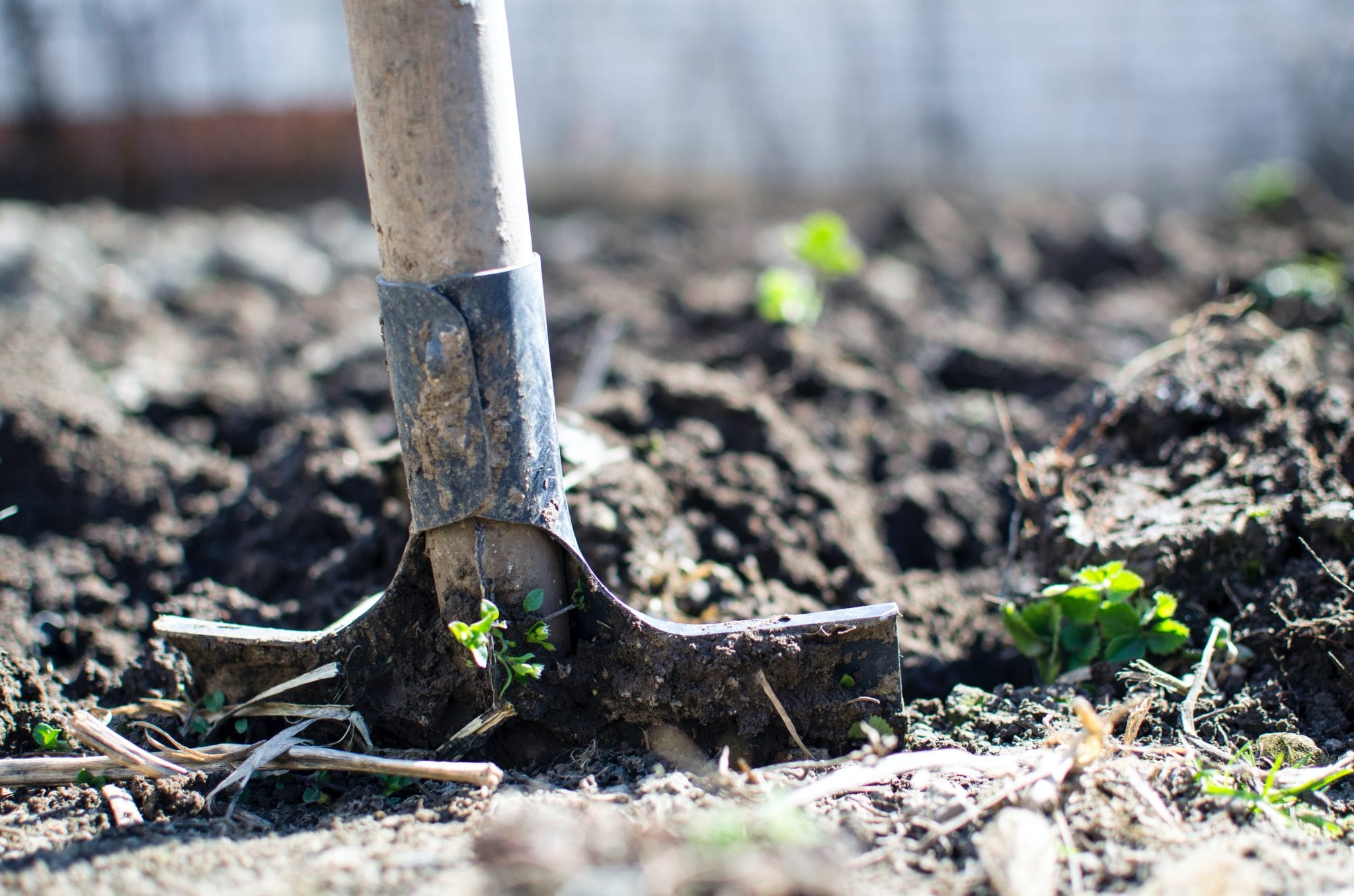Keeping busy on household projects is a great way to pass the time, but if any of those projects involve outdoor digging, do it safely. Did you know that there are approximately 2.06 million miles of distribution pipeline used to deliver natural gas to most homes and businesses? According to National Transportation Safety Board statistics, pipelines are the safest and most efficient means of transporting natural gas and petroleum products, but they aren’t risk free.
Before a member of the public digs to start a new construction project or even a garden, it’s best to know if one of these millions of miles of pipelines passes under their property. Wherever there are homes or businesses, there is likely to be underground infrastructure that can be damaged if the ground is disturbed. If someone digs without first knowing what’s beneath the ground, there’s a risk their shovel or backhoe could come into contact with something that could hurt or even kill them.
Here are the main concerns when it comes to pipelines around residential areas:
Injury and/or Death: The simple truth is many of our nation’s pipelines carry potentially combustible material. If the product in the pipeline is volatile or is a gas, that could cause an explosion.
Accidental Corrosion: If an untrained person accidentally comes into contact with pipeline, there is a danger the coating, which prevents erosion, will become damaged. While the danger might not be apparent right away, in 3 or 4 years, the pipeline could be compromised.
Pipeline companies are required to ensure that the public are aware of pipelines in their area. Landowners should also educate themselves and follow the guidelines provided. If a pipeline does become compromised, there are a few warning signs to be aware of:
Sight: Liquid pools, discolored or abnormally dry soil/vegetation, continuous bubbling in wet or flooded areas, an oily sheen on water surfaces, vaporous fogs, blowing dirt around a pipeline area, or fire coming from the ground or appearing to burn above ground can all be indicative of a pipeline leak. Dead or discolored plants in an otherwise healthy area of vegetation or frozen ground in warm weather are other possible signs in addition to an exposed pipeline.
Sound: Anything from a quiet hissing to a loud roar, depending on the size of the leak, could indicate a problem.
Smell: An unusual smell, petroleum odor, or gaseous odor will sometimes accompany pipeline leaks. Gas transmission/gas gathering pipelines are odorless but may contain a hydrocarbon smell.
If a member of the public does suspect a leak from a pipeline, they should turn off gas appliances, leave the area by foot immediately, and call 911 from a safe location.
Before digging, know what’s below by calling 811.


